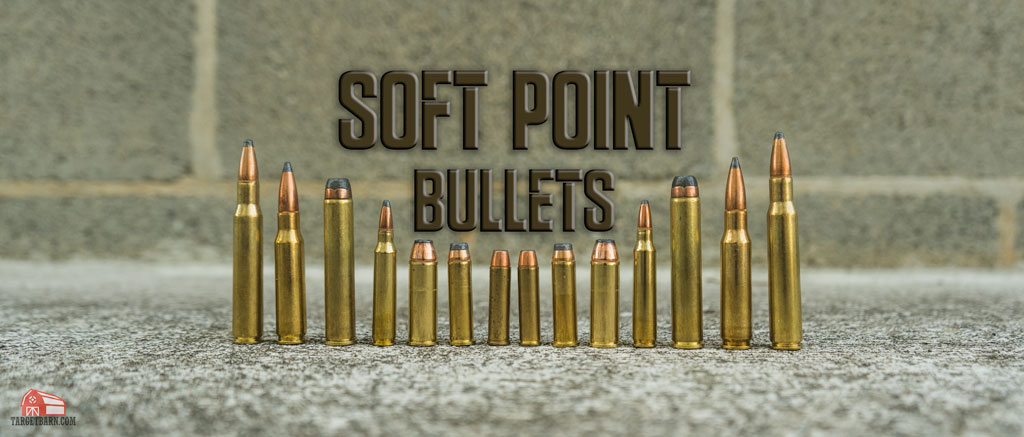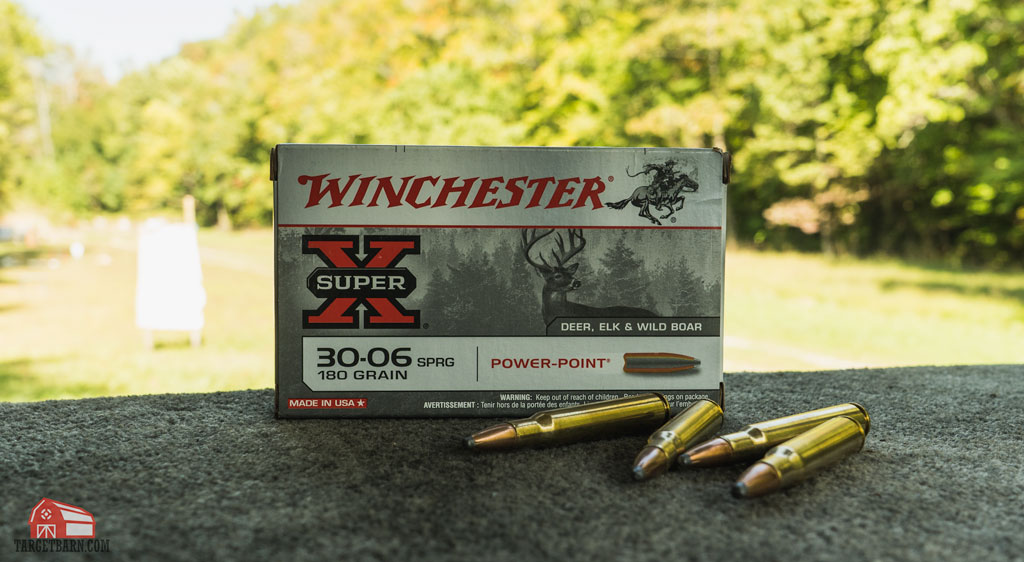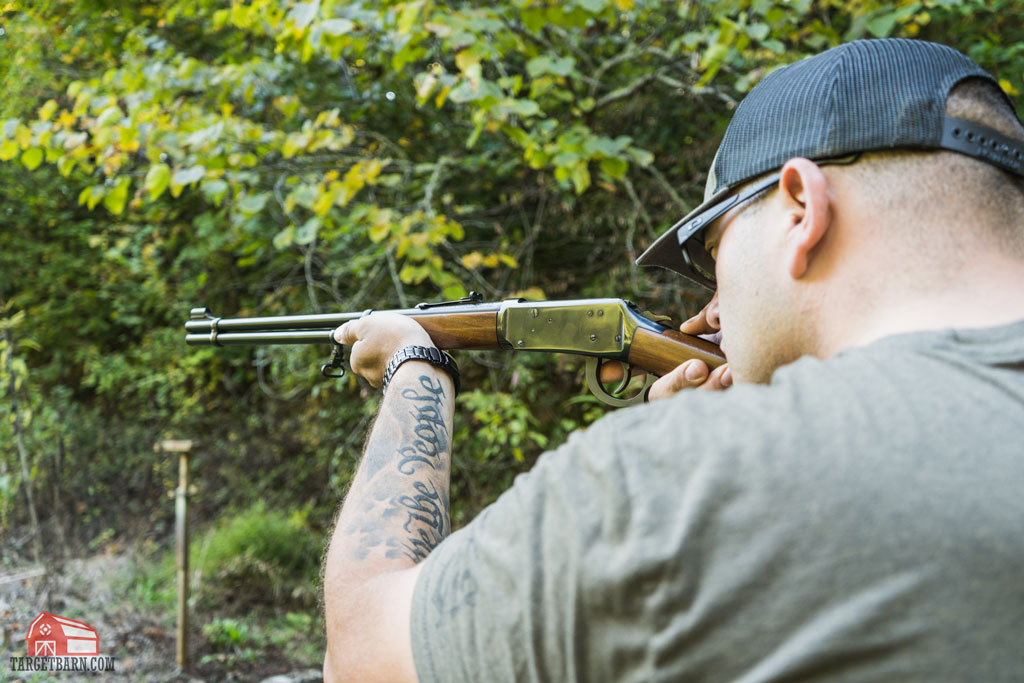You’ll often see soft point bullets available when shopping for ammo. What are they and when should you use them? Keep reading to learn more about soft point ammo.
What Are Soft Point Bullets?

A soft point bullet is nearly completely jacketed, although its jacket stops just short of covering the nose of the bullet. This exposes the soft lead that comprises the bullet’s core at its tip – hence the name “soft point.”
The SP can share a profile similar to a standard full metal jacket (FMJ) bullet. Unlike an FMJ bullet, however, it expands and inflicts greater damage as it penetrates soft tissue. Because of this, hunters commonly use them. They are popular for self-defense with revolvers and semi-automatic rifles as well.
How SP Bullets Work
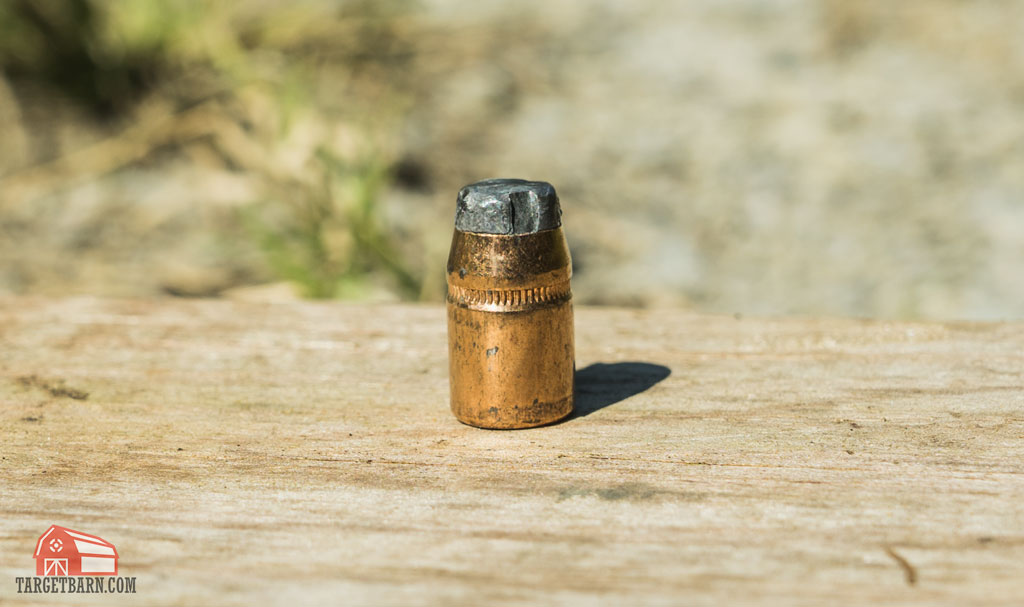
When a soft point collides with soft tissue, its exposed lead core at its tip reacts by squashing inward. In effect, the soft point expands to significantly wider than its original diameter as it tumbles around within soft tissue. This creates a far more injurious wound channel than it could have without expansion.
The soft point’s partial jacket serves to reduce bore fouling and prevent deformation under the intense pressure of ignition. It also strengthens the bullet for deeper penetration. This keeps it from fragmenting apart as it expands, promoting a deeper wound channel with a greater chance of reaching some vital organ.
A soft point’s jacket may feature symmetrical notches which direct more predictable, uniform terminal expansion. The jacket may also be bonded to its core. This helps to keep the two anchored together so that their combined weight and momentum can ensure deeper penetration.
Disadvantages of Using Soft Point Bullets
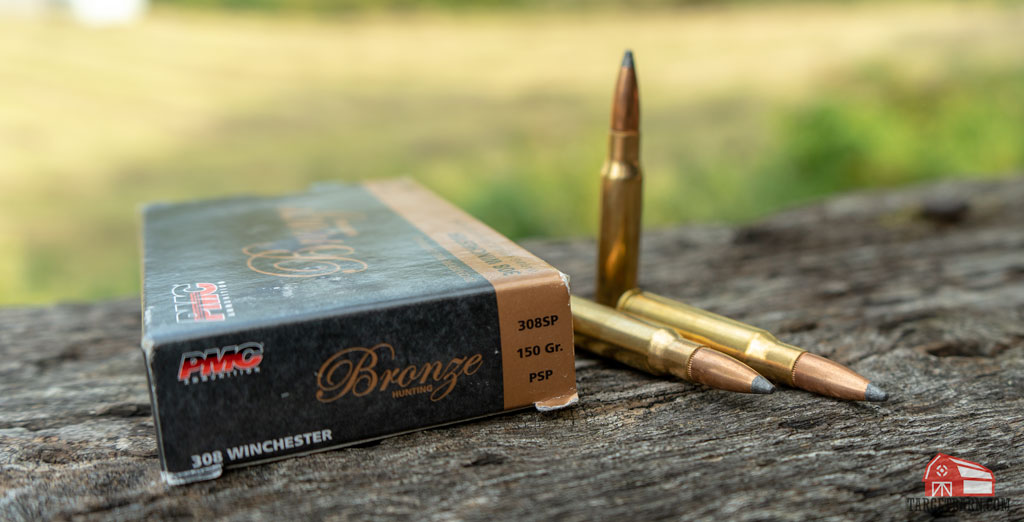
The primary disadvantage of SP bullets is their round or flat nose profiles, which are inherently less aerodynamic.
A variant of the SP called the pointed soft point (PSP) helps to correct this. The PSP has a sharp, ballistically efficient tip which generates less drag in flight. Still, only experienced marksmen will likely notice the PSP’s flatter trajectory and improved accuracy.
Advantages of Using Soft Point Bullets
The greatest advantage of the soft point is the simplicity of its design, which makes it more cost-effective. The two leading name-brand SP bullets – Winchester’s Power Point and Remington’s Core-Lokt – have remained largely unchanged for years. Their simple, affordable designs indisputably work.
Hunters who prefer lever-action rifles are largely limited to soft-point bullets. This is because an SP can have a flat nose profile, which is required to prevent accidental ignition in a lever-action’s tubular magazine. If a pointed bullet manages to ignite the primer on the round stored in front of it in a tubular magazine, the rifle will explode and potentially cause injury.
Soft Points vs. Hollow Points

Don’t confuse a soft point with hollow point or polymer tip bullets.
The expanding action of a soft point isn’t all that different from a hollow point’s intended behavior when it hits a soft target. While the soft point essentially puddles into a flat mass, a hollow point bullet blossoms out. Both actions create a wider wound channel. The hollow point, though, is generally considered a more reliable means to get as wide as possible.
A hollow point’s lead core is similarly exposed at its tip, yet its profile is concave rather than convex. This design may permit a hollow point to expand wider than an SP, yet its nose profile is not as conducive to long distance accuracy.
A polymer tip bullet may deliver terminal expansion as well, yet it achieves expansion as its tip smashes into its underlying nose cavity.
When to Use Soft Point Bullets
You most want to use an SP bullet when terminal performance matters. For casual range training and plinking, there is little sense in selecting an SP over a less expensive FMJ. But when you are hunting deer and wish to create a wider wound channel, or selecting ammo for self-defense with an AR-15, the accessibly priced SP deserves serious consideration.

